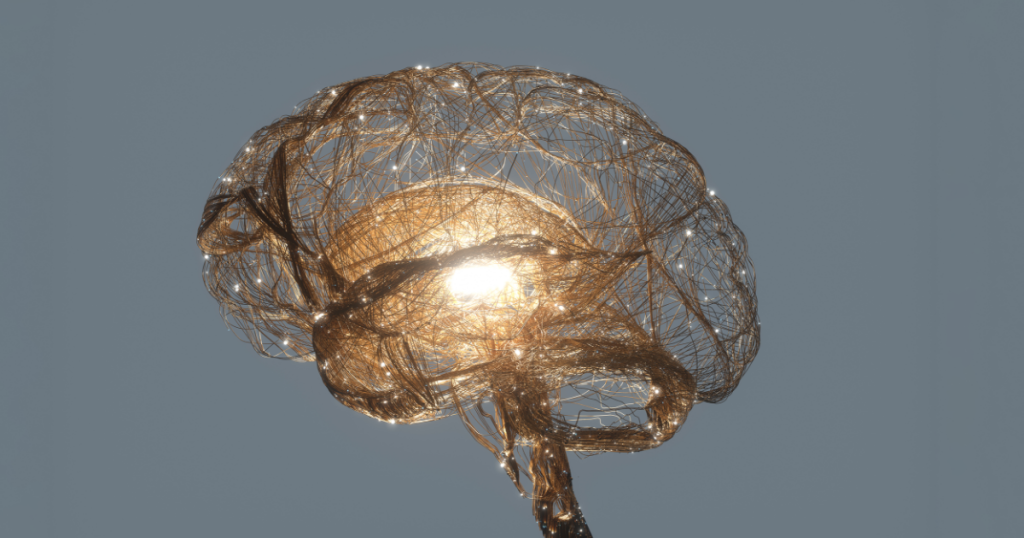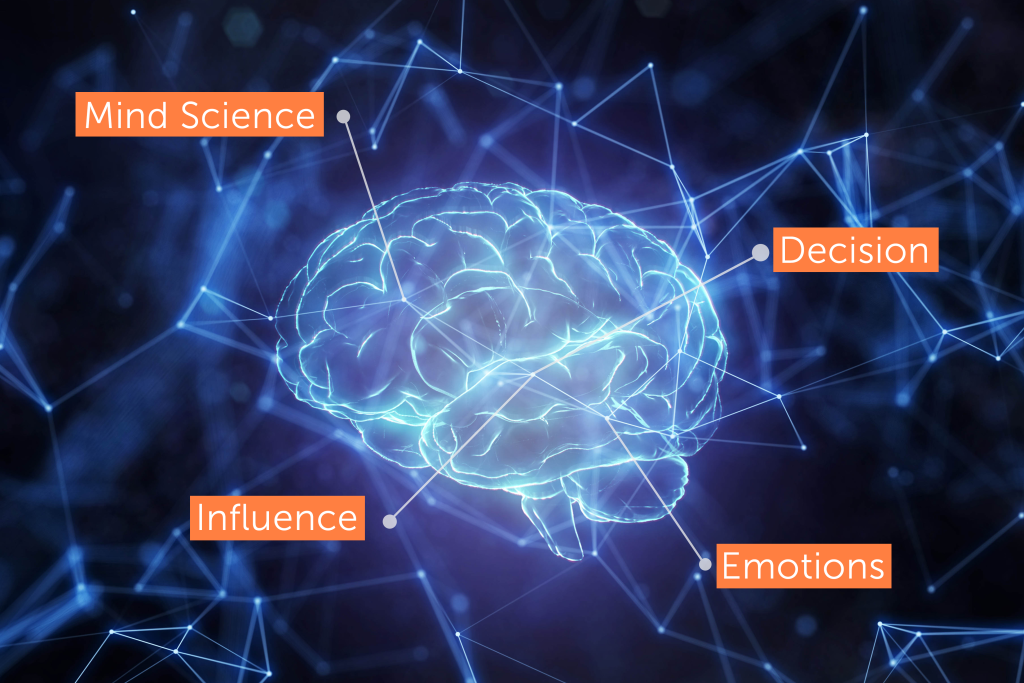Neuromarketing – the science of consumer decisions

Ever wondered why your favourite pack of crisps’ packaging suddenly changed from shiny to matte? Thanks to a neuromarketing study, it turns out our brains prefer the latter. Neuromarketing uses what we know about the brain to do better marketing. Advanced analytics tools, richer data and AI machines are playing an increasingly bigger role in marketing and customer experience to give businesses a competitive advantage. In this article, we delve deep into the science of the mind and how marketers can use neuromarketing to exceed their targets, especially in the digital marketing space.

What is neuromarketing?
Marketers have been studying the inner workings of the human mind for as long as advertising has existed in society. As early as 1896, experimental psychologists began studying the mental processes involved in advertising. It should come as no surprise then that in 2002, the study of the human brain and marketing merged to form what is now known as neuromarketing. The term itself has earned a bad reputation as a way of cheating customers into buying a product, but that is changing. Nowadays, it is widely accepted that neuromarketing isn’t used as a manipulation tool, but a tool to understand what people truly need and want – allowing marketers to develop better products, more meaningful content and less wasteful advertising.
According to Roger Doodley, author of Brainfluence, neuromarketing is the application of neuroscience and cognitive science to marketing. This can include market research that tries to discover customer needs, motivations, and preferences that traditional methods like surveys and focus groups can’t reveal. As the lines between neuroscience and cognitive science continue to blur, the term neuromarketing as we know it today has become more inclusive – considering that a customer’s decision-making process is about more than just measuring their biometric data.
How does the unconscious mind influence our choices?
95% of our decisions are made subconsciously. Without emotion, we simply can’t make decisions. How we make buying decisions and how our emotions and intuition shape our decisions. If your website does not evoke an emotional response for a user, the chance of them buying a product from your site decreases. Today, brands have the opportunity to get to understand their customers better than ever before.
As AI continues to grow, so will neuromarketing
With artificial intelligence and virtual reality taking centre stage in 2022, marketers are increasingly making use of neuromarketing and it’s happening fast. Enter Emotion AI: artificial intelligence that detects and interprets human emotional signals. Sources can include text (natural language processing and sentiment analysis), audio (voice emotion AI), video (facial movement analysis, gait analysis and physiological signals) or combinations thereof. Using neuromarketing insights to design unforgettable experiences will take marketing to the next level. We look at two examples of how AI and neuromarketing are working as one.
Rise of the chatbot
Multilingual chatbots are not a thing of the future. The global conversational AI market size is expected to reach 41.39 billion dollars by 2030, according to a new report by Grand View Research. AI-enabled chatbots use natural language processing (the ability of a computer programme to understand language as it is spoken and written by humans) technology to help customers through human-like interactions in real-time. They give businesses business intelligence about purchase behaviours, customer preferences, and opinions – allowing for more customisable experiences. Some key players in the conversational AI market include Google, Microsoft, Amazon Web Services, Inc. and IBM. The customer experience chatbot Netomi, for example, can automatically resolve over 70% of customer service queries without human intervention and focuses holistically on AI customer experience. Key features include natural language understanding, reinforcement learning, sentiment analysis, human escalation via agent desk integration and the ability to speak to customers in their native tongue.
Spotify learns to listen
Spotify used neuromarketing research to optimise digital audio ads for its platform. The study included over 600 participants who listened to all genres of music with ads interspersed between songs. The results of the Spotify brain wave study found that digital audio is more likely to engage long-term memory and past memories. Different kinds of music also had a different effect on the brain. Speech-driven genres like rap produce more engagement, while genres like rock produce a greater emotional intensity. Meanwhile, Latin music scored as a great all-around engagement with emotion.
Digital responsibility
With great understanding comes great responsibility. As neuromarketing continues to grow, so does the need for customers’ data protection privacy and online privacy. Companies need to clearly communicate their digital ethics and transparency is paramount. Users need to know what data is being collected, who will have access to it and where and how it will be stored. This will set a precedent with customers that they are dealing with a brand they can trust – ensuring long-term commitment and mutual respect.
Neuromarketing will allow companies to deliver the best customer experience and hyperpersonalised services. It will help businesses save millions on ads, help brands design more effective ads tailored to the right customer served at the right time. We’re excited to see what the near future holds as the dawn of the Metaverse and everyday-AI is set to takes centre stage in our lives over the next few years.
Want to create marketing that uses the power and insights of neuromarketing for your brand? Then get in touch with our digital marketing experts who will utilise the latest research and trends to serve your users in the best possible way.
If you want to travel around the neuromarketing world a little longer, here’s a TED talk that will surely grab your attention.




